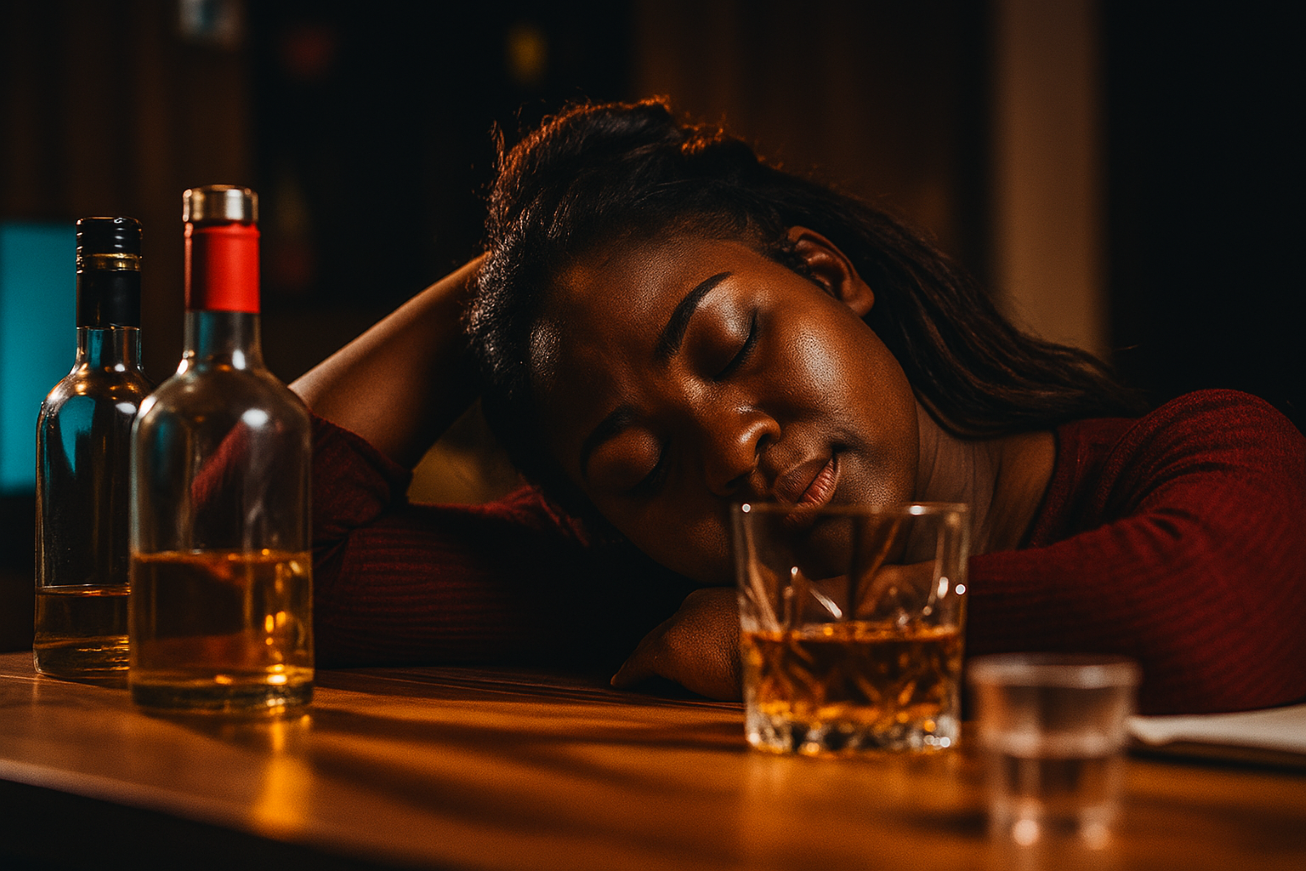HEALTHWISE

FROM ONE SIP TO ADDICTION: WHY PREVENTION IS NON-NEGOTIABLE
Drug abuse refers to the misuse of substances—whether legal or illegal—for purposes like recreation, relaxation, or sleep aid. Often, these substances include prescription painkillers like Tramadol, or illicit drugs such as cannabis, cocaine, and heroin. Even alcohol—though socially accepted—is a drug that can be dangerously misused.
Despite their differences, these substances share a common effect: they act on the brain, causing sedation and altering mood, thought patterns, and behavior. Many users are drawn to the feelings of calm or energy these drugs provide, particularly those engaged in physically demanding jobs, such as laborers or commercial drivers.
Common Misconceptions About Drug Use
Many individuals justify their use with dangerous myths like:
“I know my limits. I only take a little and I’m not crazy.”
“Moderation makes it harmless.”
“Only hard drugs like heroin or cocaine can lead to addiction.”
“Addiction only happens to the reckless or uneducated.”
“I only use it occasionally to help me sleep.”
These false beliefs offer temporary comfort but mask a growing problem. Over time, the body builds tolerance, leading to dependency. Before long, functioning without the drug becomes nearly impossible—this is when addiction takes hold.
The Four Stages of Addiction
Experimentation/Initiation
Frequent Use
Preoccupation with the Drug
Dependence/Addiction
A Real-Life Example: Funke’s Story
Funke was a promising 21-year-old law student. Initially, she resisted peer pressure to drink alcohol. But after months of teasing, she gave in—just a few sips. It felt good, so she kept going.
Soon, she was drinking daily, eventually consuming several bottles a day. Alcohol became the first and last thing she took each day.
As addiction took root, Funke’s academics suffered. She missed classes due to hangovers and fell behind, repeating two extra years in school. Nicknamed “Funke Shayo,” she became dependent on alcohol.
Seven years later, she was diagnosed with liver failure and needed a N10 million liver transplant, with no assurance of success. Her story shows how a “harmless sip” can spiral into a life-threatening condition.
One Body, Different Limits
You may know someone who abuses drugs and seems fine. But that doesn’t make it safe. Everyone’s body responds differently. Drug abuse can cause irreversible damage, and in many cases, death from overdose.
Addiction is notoriously difficult to overcome—even with top-tier rehab services abroad. Many global celebrities like Michael Jackson, Amy Winehouse, and Whitney Houston struggled with substance abuse despite repeated treatments, with some losing their lives.
Final Word
Let’s spread the message—especially to our children and loved ones: Prevention is far better than cure, especially when it comes to drug abuse.
This is the message behind the International Day Against Drug Abuse and Illicit Trafficking (June 26).
"This represents a significant development in our ongoing coverage of current events."— Editorial Board









